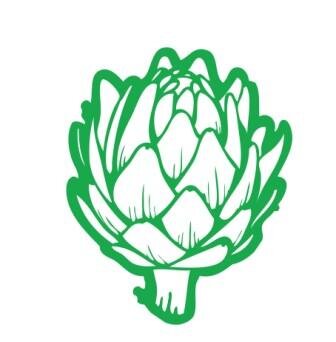Witch Hazel (Hamamelis x intermedia) *Multiple Varieties Available*--- Can Order In as needed




Witch Hazel (Hamamelis x intermedia) *Multiple Varieties Available*--- Can Order In as needed
Witch Hazel is a low-maintenance, deciduous shrub in the Hamamelidaceae family. Used for hedges, it’s red to copper-red blooms flower form January to March. Its flowers are showy and fragrant, its has a good autumn leaf and has winter interest. Tolerates deer, erosion, clay soil.
Sun: Full sun to part shade. Best flowering is in full sun.
Soil: Prefers moist, acidic, organically rich soils but is easily grown in average, medium moisture, well-drained soils. Shrubs have some tolerance for clay soils as long as drainage is good.
Water: Medium. Consistent moisture is best (leaf scorch may occur during periods of summer drought).
Zones: 5 to 9.
Height/Spread: 8 to 12 feet high with a spread of 10 to 15 feet.
Promptly remove root suckers to prevent colonial spread. It is particularly important to remove root suckers rising from below a graft union. Prune in spring after flowering to control shape and size.
Hamamelis x intermedia hybrids are crosses between Japanese witch hazel (H. japonica) and Chinese witch hazel (H. mollis). They are somewhat coarse, loosely-branched, medium to large, deciduous shrubs that typically grow 12-20’ tall. They are particularly noted for their spidery, often fragrant, mid- to late winter flowers which appear before the spring foliage emerges.
Genus name comes from the Greek words hama meaning at same time and melonmeaning apple or fruit in reference to the occurrence of both fruit and flowers at the same time on this shrub (particularly in the case of fall flowering members of the genus).
Hybrid name means intermediate in color, form or habit.
‘Diane’ is a red-flowered form with spreading branches. It typically grows to 8-12’ tall and to 10-15’ wide over 10 years. It is noted for its winter-blooming, mildly fragrant, red to copper-red flowers (to 1” long), each having four, narrow, ribbon-like, crinkly petals. Axillary clusters of these flowers bloom along the stems from late January to March. Broad-oval green leaves (to 6” long) turn attractive shades of yellow, orange and red in fall.
No serious insect or disease problems. Caterpillars and Japanese beetles may chew on the leaves. Watch for gall aphids, weevils, scale, leafroller and leafminer. Potential diseases include powdery mildew, occasional leaf spots and rots.
Superior winter-flowering shrub for the landscape. Shrub borders, woodland gardens. Screen or tall hedge. Good specimen.

